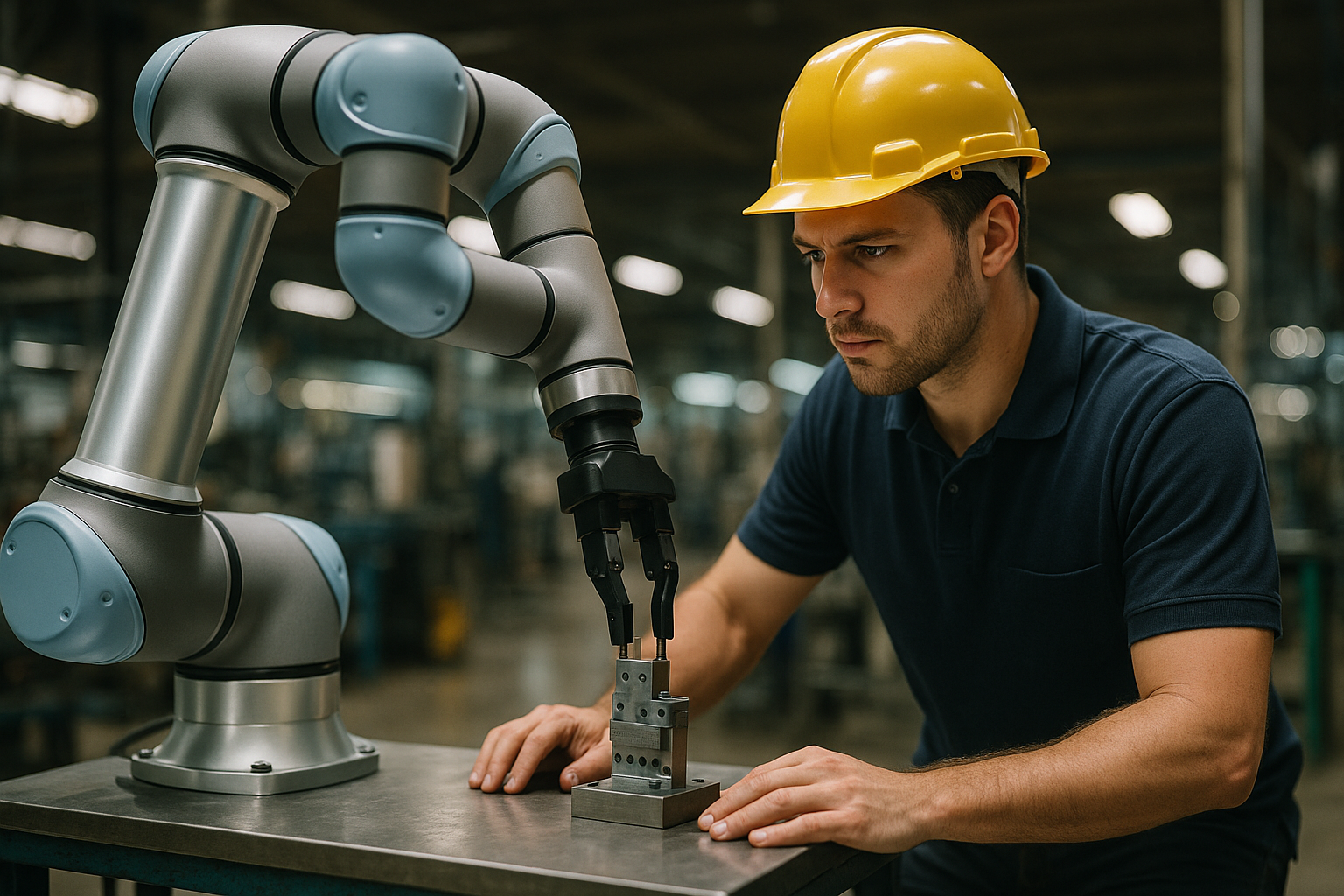The Legal Labyrinth of Autonomous Vehicle Regulation
Introduction: As autonomous vehicles inch closer to widespread adoption, a complex web of legal challenges emerges. This article delves into the intricate landscape of self-driving car regulation, exploring the unprecedented legal questions and policy hurdles that lawmakers and courts must navigate in this rapidly evolving field.

Redefining Liability in the Age of AI
One of the most pressing legal issues surrounding autonomous vehicles is the question of liability. In conventional accidents, determining fault often hinges on driver behavior. However, when software and sensors replace human judgment, the lines of responsibility blur. Courts now face the challenge of assigning culpability among vehicle manufacturers, software developers, and even the users who may not be actively controlling the vehicle.
The Regulatory Tug-of-War
As autonomous vehicle technology advances, a patchwork of regulations has emerged across different jurisdictions. Some states have embraced the technology, enacting laws to facilitate testing and deployment. Others have adopted a more cautious approach, implementing strict oversight and safety requirements. This regulatory inconsistency creates challenges for manufacturers and raises questions about interstate travel and commerce.
Data Privacy and Cybersecurity Concerns
Autonomous vehicles generate and rely on vast amounts of data, from location information to driving patterns. This data collection raises significant privacy concerns and potential legal challenges under existing data protection laws. Additionally, the risk of cyber attacks on connected vehicles introduces new dimensions to vehicle safety and security regulations, requiring lawmakers to address these digital vulnerabilities.
Ethical Algorithms and Legal Frameworks
Perhaps one of the most philosophically and legally challenging aspects of autonomous vehicle regulation is the programming of ethical decision-making into AI systems. How should a vehicle be programmed to respond in unavoidable accident scenarios? These ethical dilemmas have legal implications, as courts may need to evaluate the reasonableness of an AI’s split-second decisions in the same way they would judge human actions.
The Insurance Industry’s Paradigm Shift
The rise of autonomous vehicles necessitates a fundamental reimagining of auto insurance models. As human error—traditionally the primary cause of accidents—becomes less prevalent, insurance companies must adapt their risk assessment and premium calculation methods. This shift may require new legislative frameworks to govern insurance practices in an autonomous vehicle landscape.
International Harmonization Efforts
As autonomous vehicles cross borders, the need for international legal harmonization becomes apparent. Efforts are underway to develop global standards for autonomous vehicle technology and regulations. However, differences in legal systems, cultural attitudes towards AI, and varying stages of technological adoption pose significant challenges to achieving a unified international approach.
The Role of Legal Precedent in Uncharted Territory
With limited case law specific to autonomous vehicles, courts face the challenge of applying existing legal principles to novel situations. As cases involving self-driving cars make their way through the legal system, the precedents set will play a crucial role in shaping the future of autonomous vehicle law. These early decisions may have far-reaching implications for the industry’s development and regulation.
Balancing Innovation and Safety
Legislators and regulators face the delicate task of fostering innovation while ensuring public safety. Overly restrictive laws could stifle technological progress and economic growth, while lax regulations might endanger lives. Finding the right balance requires ongoing dialogue between lawmakers, industry experts, and the public to create adaptive legal frameworks that can evolve with the technology.
In conclusion, the legal landscape surrounding autonomous vehicles is as complex and dynamic as the technology itself. As we stand on the brink of a transportation revolution, the legal community faces the monumental task of crafting laws and regulations that can keep pace with rapid technological advancements. The decisions made in courtrooms and legislatures today will shape the future of mobility for generations to come, making the development of autonomous vehicle law a critical area of focus in the legal world.




